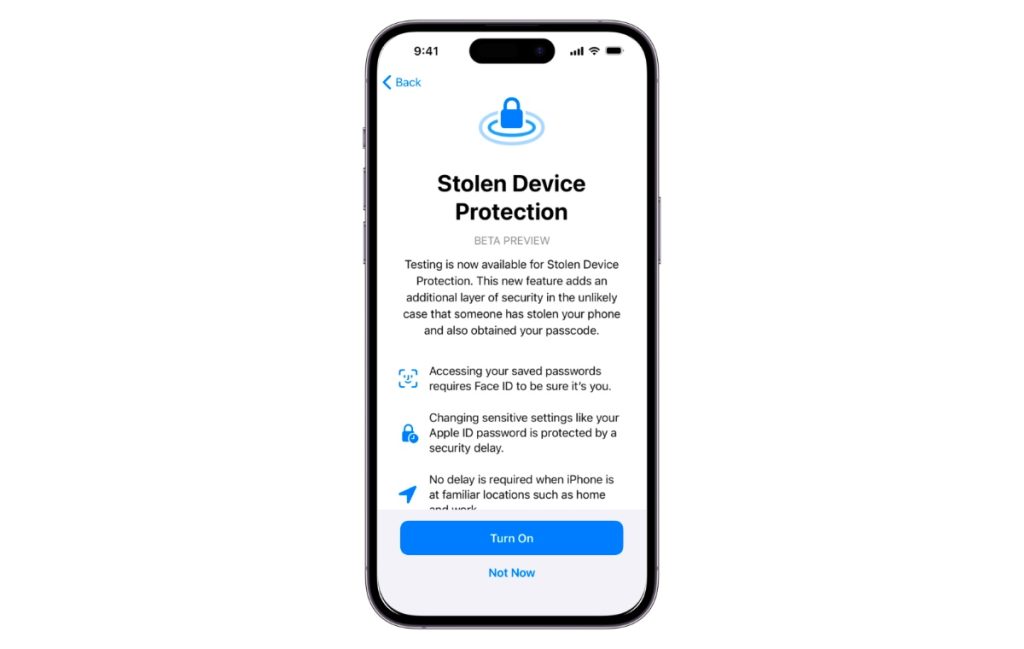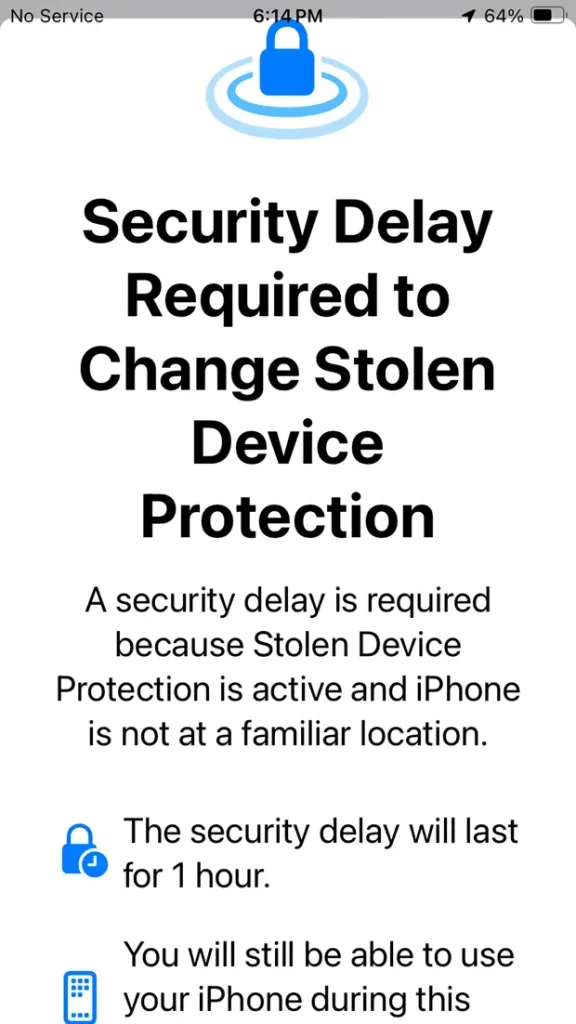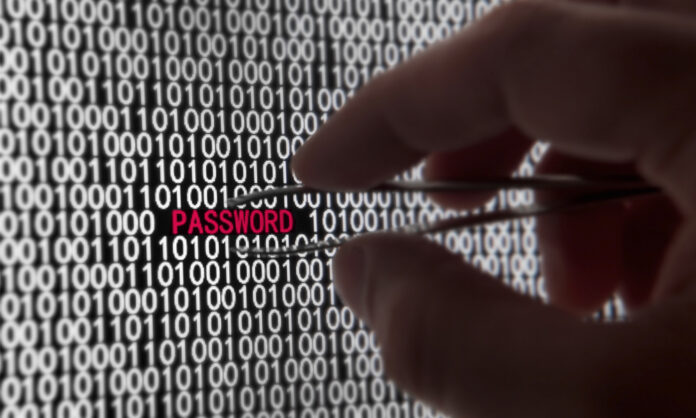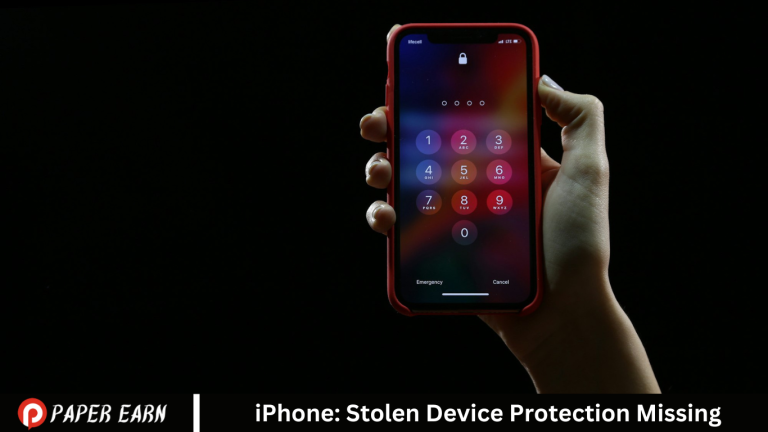iPhone, if the stolen device protection feature is not visible, ensure that “Find Me” is enabled. Go to Settings > [your name] > Find My > Find My iPhone, and toggle it on. Also, make sure your device is connected to the internet and signed in with your Apple ID. If the issue persists, consider contacting Apple Support for further assistance.
Introduction to Stolen Device Protection
Stolen device protection is a crucial feature that helps secure your electronic devices in the event of theft or loss. With tools like “Find My” on iOS devices, users can track, lock, and remotely erase their devices to protect sensitive information and prevent unauthorized access. This feature provides peace of mind and enhances device security for users worldwide.

Recognizing the Absence of Protection
Stolen Device Protection is missing on your iPhone, it’s essential to check if “Find Me” is enabled. Navigate to Settings > [your name] > Find My > Find My iPhone, and ensure it’s toggled on. Verify that your device is connected to the internet and signed in with your Apple ID. If the issue persists, seek assistance from Apple Support.
Importance of Stolen Device Protection
Stolen device protection is crucial for safeguarding personal information and preventing unauthorized access in case of theft or loss. With features like “Find My” on iOS devices, users can remotely track, lock, and erase their devices to protect sensitive data. This enhances device security and provides peace of mind, ensuring that personal information remains secure even in challenging circumstances.

Accessing Find My iPhone Feature
To access the “Find My iPhone” feature, follow these steps:
- Ensure iCloud is Enabled: “Find My iPhone” is a feature of iCloud. Make sure you have iCloud enabled on your iPhone. You can check this by going to Settings > [your name] > iCloud. If iCloud is not enabled, sign in with your Apple ID and turn on the iCloud service.
- Enable Find My iPhone: Once iCloud is enabled, scroll down in the iCloud settings and locate “Find My iPhone.” Toggle the switch to turn it on. You may be prompted to enter your Apple ID password to confirm.
- Accessing Find My iPhone on Another Device: If you’ve lost your iPhone, you can use another Apple device or a web browser to access the “Find My iPhone” feature. On another Apple device, such as an iPad or Mac, open the “Find My” app. Alternatively, you can go to iCloud.com on a web browser and sign in with your Apple ID.
- Locate Your Device: Once you’re logged in to the “Find My” app or iCloud.com, you should see a map displaying the location of your iPhone. If your iPhone is nearby, you can make it play a sound to help you locate it. If it’s further away, you can use features like “Lost Mode” to lock your device and display a message, or “Erase iPhone” to remotely wipe its data if you’re concerned about your personal information.
- Additional Options: In the “Find My” app or on iCloud.com, you can also access additional options such as viewing the location history of your device, enabling notifications for when your device is found, and managing trusted contacts who can help you locate your device.
Verifying Activation of Find My iPhone
Find My iPhone is activated, go to Settings > [your name] > Find My > Find My iPhone on your iOS device. Confirm the toggle switch is turned on. Additionally, open the Find My app and check if your device appears on the map. If enabled, you can track, lock, or erase your device remotely in case of loss or theft.
Troubleshooting Missing Protection
Stolen device protection feature is missing on your iPhone, ensure that “Find Me” is enabled in Settings > [your name] > Find Me> Find My iPhone. Verify your device is connected to the internet and signed in with your Apple ID. If the issue persists, restart your device, update your iOS software, or contact Apple Support for further assistance in resolving the issue promptly.
Exploring Alternative Security Measures
Find My iPhone, consider enabling other security features like passcodes, Face ID, or Touch ID to protect your device. Activate two-factor authentication for your Apple ID to add an extra layer of security. Regularly back up your data to iCloud or iTunes to ensure you can restore it if your device is lost or stolen. These measures enhance overall device security and data protection.

Seeking Assistance from Apple Support
If you encounter issues with missing stolen device protection or other concerns regarding your iPhone’s security features, consider contacting Apple Support. You can reach them via phone, chat, or appointment at an Apple Store Genius Bar. Knowledgeable support staff can assist you in troubleshooting the problem, providing guidance, and resolving any issues you may be facing with your device’s security features effectively and efficiently.
Frequently Asked Questions
What is Stolen Device Protection on iPhone?
Stolen Device Protection is a feature designed to help users secure their iPhone if it’s lost or stolen. It provides tools to remotely lock, track, and erase the device to prevent unauthorized access to personal data.
How do I enable Stolen Device Protection on my iPhone?
Stolen Device Protection, also known as Find My iPhone, is automatically enabled when you set up your iPhone with an iCloud account. You can ensure it’s enabled by going to Settings > [Your Name] > Find My > Find My iPhone, and ensuring it’s turned on.
What should I do if my iPhone is lost or stolen and Stolen Device Protection is missing?
If your iPhone is lost or stolen and Stolen Device Protection (Find My iPhone) is missing, immediately report the incident to your local law enforcement and your mobile carrier. You should also change your Apple ID password to prevent unauthorized access to your iCloud account.
Why might Stolen Device Protection be missing on my iPhone?
Stolen Device Protection may be missing if it was disabled or not set up properly on your device. It’s essential to ensure that Find My iPhone is enabled in your iCloud settings to benefit from this feature.
Can I locate my iPhone if Stolen Device Protection is missing?
If Stolen Device Protection (Find My iPhone) is missing or disabled, locating your iPhone becomes challenging. It’s crucial to have this feature enabled to track your device’s location using iCloud.com or the Find My app on another Apple device.
How can I prevent unauthorized access to my iPhone if it’s lost or stolen?
If your iPhone is lost or stolen and you can’t use Stolen Device Protection, you should immediately change your Apple ID password to prevent unauthorized access to your iCloud account and personal data.
Will Apple assist in recovering a lost or stolen iPhone without Stolen Device Protection?
Apple provides support and guidance to users who have lost their iPhones, but without Stolen Device Protection enabled, the chances of recovery are significantly reduced. It’s crucial to have this feature enabled for better chances of locating and securing your device.
Can I remotely erase my iPhone if Stolen Device Protection is missing?
Without Stolen Device Protection enabled, you won’t be able to remotely erase your iPhone using iCloud.com or the Find My app. It’s another reason why enabling this feature is essential for protecting your data in case of loss or theft.
How can I ensure Stolen Device Protection is always enabled on my iPhone?
You can ensure Stolen Device Protection (Find My iPhone) is always enabled by regularly checking your iCloud settings to verify that it’s turned on. Additionally, make it a habit to secure your device with a passcode or biometric authentication.
Can I prevent unauthorized access to my data if Stolen Device Protection is missing?
Without Stolen Device Protection, preventing unauthorized access to your data becomes challenging. It’s crucial to take proactive measures like enabling two-factor authentication, using strong passwords, and regularly backing up your device to iCloud or iTunes to safeguard your data.
Conclusion
Stolen device protection feature missing on your iPhone, ensure that “Find My” is enabled and your device is connected to the internet. If the issue persists, consider restarting your device, updating your iOS software, or contacting Apple Support for further assistance. Protecting your device and personal data is essential for peace of mind and security.

